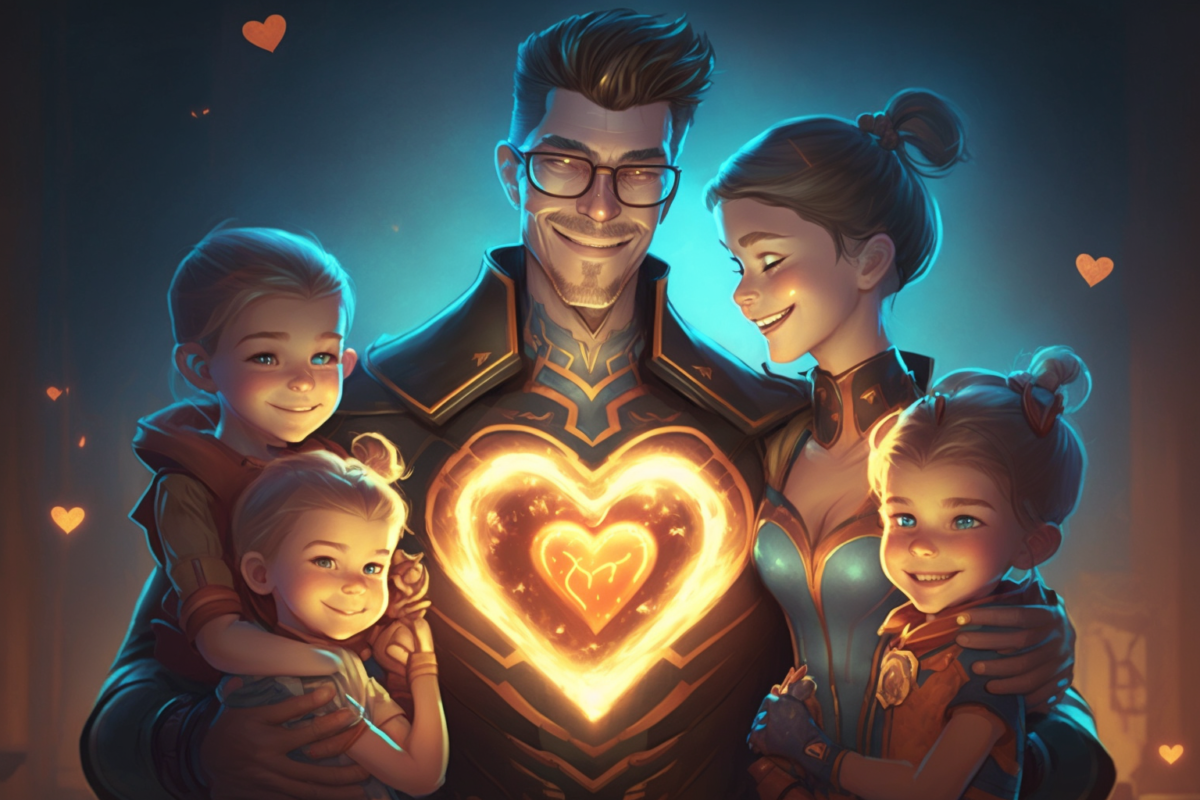Valentine’s Day is a holiday celebrated on February 14th each year that recognizes love and affection between intimate partners, friends, and family members. It is one of the oldest holidays in the Western world, with roots tracing back to the ancient Roman festival of Lupercalia, which was celebrated in mid-February and symbolized love, fertility, and the arrival of spring.

The exact origins of Valentine’s Day are unclear, but it is thought to have originated as a Christian feast day honoring Saint Valentine, a martyr who was executed for secretly performing marriages in ancient Rome during a time when marriage was banned. The name “Valentine” is believed to have been chosen for the holiday in recognition of his acts of love and compassion.
Lupercalia was a time of celebration and commemoration, featuring rituals such as matchmaking, animal sacrifices, feasting, partying, and gift-giving. Young men and women’s names were placed in a box, and couples were chosen at random to be paired together for the duration of the festival. Goats and dogs were sacrificed, and their blood was smeared on the foreheads of the young men who participated in the festival. People would gather to feast, drink, and enjoy music and other forms of entertainment. Gift-giving was also a significant part of Lupercalia, with people exchanging sweets and other gifts to show their affection for each other.

Today, Valentine’s Day is primarily associated with expressing love through gifts, such as chocolates, flowers, and cards, and spending time with loved ones. The holiday continues to be a time of joy and excitement, and its ancient roots in Lupercalia can still be seen in modern-day celebrations.

